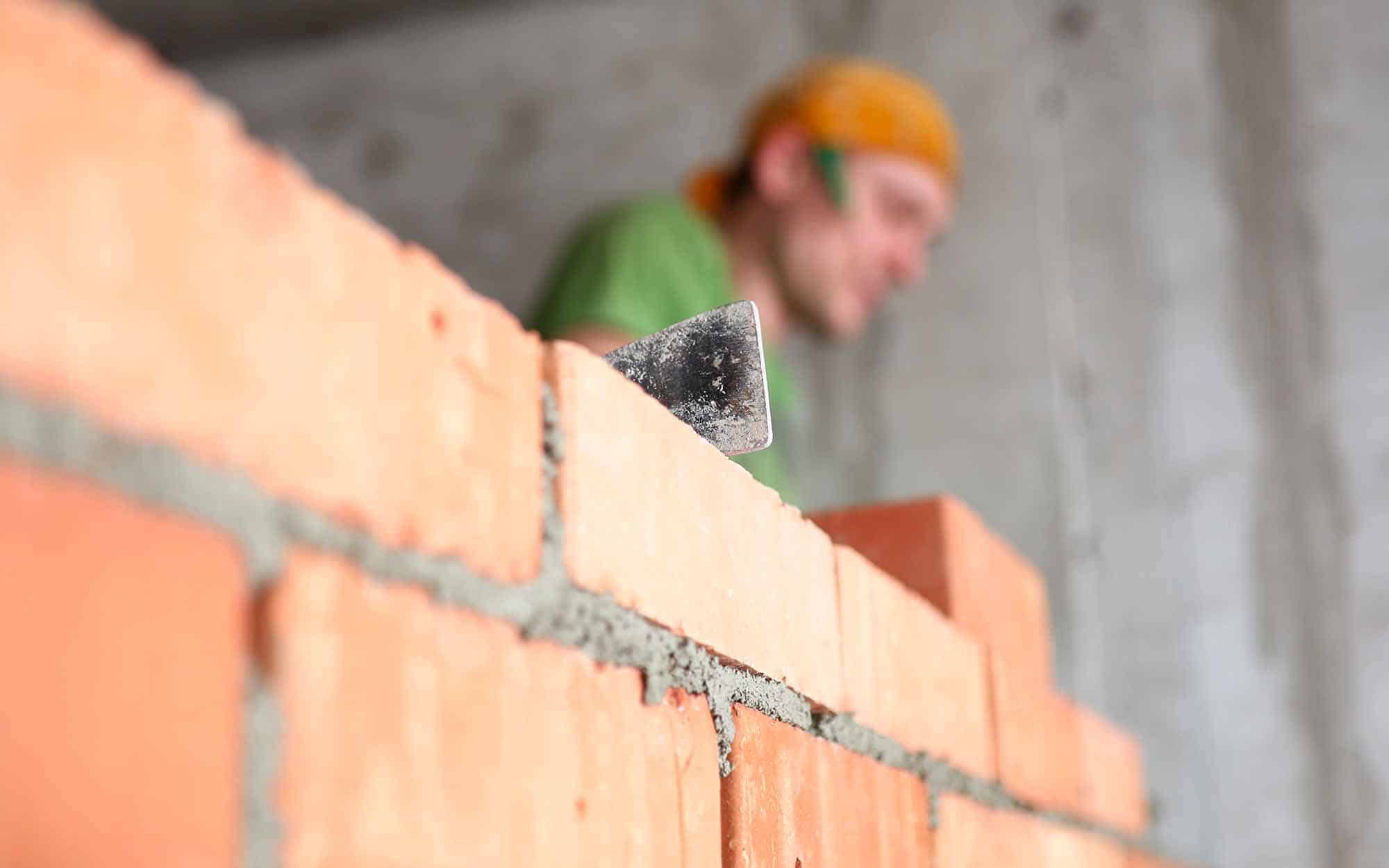Unlocking the Secrets of Lasting Masonry Construction Practices for Eco-Friendly Buildings
In the world of contemporary construction, the pursuit of lasting methods has become extremely important. Amongst the myriad methods to green building, lasting masonry building and construction attracts attention as a tried and true and resilient approach that holds a wide range of untapped possibility. From the selection of materials to ingenious construction strategies, the secrets to achieving sustainability within stonework building and construction are diverse and appealing. By exploring the advantages, materials, methods, and future trends of lasting stonework, a deeper understanding of just how these techniques can form the future of environmentally friendly buildings arises.
Advantages of Sustainable Masonry Building
Embracing sustainable stonework construction methods not just reduces environmental impact however likewise offers long-lasting economic advantages to building contractors and neighborhoods. By using materials like recycled blocks, obstructs, and stones, builders can substantially lower the carbon impact of their jobs while promoting resource efficiency. Furthermore, sustainable stonework building strategies, such as correct insulation and thermal mass residential or commercial properties, can boost power performance within buildings, leading to decreased operational costs with time.
Furthermore, the sturdiness and durability of stonework structures add to long-lasting economic benefits. Structures built utilizing lasting masonry practices typically call for less maintenance and fixing, converting to set you back savings for contractors and home owners. The durability of masonry products likewise ensures that structures continue to be stable and protected, lowering the requirement for regular restorations or replacements.
Eco-Friendly Masonry Materials
Utilizing environment-friendly stonework products is a crucial step towards boosting the sustainability of building and construction techniques and minimizing ecological influence while maximizing long-term financial advantages. Lasting stonework materials are sourced, produced, and utilized in a manner that decreases general ecological impact. Products such as recycled bricks, redeemed stone, and lasting concrete blocks are becoming significantly preferred options for eco-conscious builders. Recycled blocks, for example, not only divert waste from garbage dumps however likewise require much less power to generate contrasted to new bricks. Redeemed stone offers a distinct aesthetic charm while lowering the need for new quarrying. Lasting concrete obstructs incorporate recycled accumulations and might feature enhanced insulation homes, adding to power performance in structures.
Moreover, natural products like adobe, rammed planet, and straw bales provide superb thermal mass buildings, minimizing the requirement for home heating and cooling energy. These materials are often locally readily available, advertising local economies and lowering transportation-related carbon emissions. By choosing eco-friendly stonework products, building and construction jobs can substantially decrease their environmental impact and add to the development of much healthier, extra lasting developed environments.
Energy-Efficient Stonework Methods
Power performance plays an important role in enhancing the sustainability of stonework building techniques. By applying energy-efficient stonework methods, contractors can significantly lower the overall energy usage of a structure, bring about reduced functional expenses and a smaller ecological impact. One vital energy-efficient masonry technique is the usage of thermal mass, which involves incorporating thick materials like concrete or block right into the structure's framework to soak up and store warmth. This aids regulate interior temperatures, minimizing the requirement for mechanical heating and cooling systems.

Developments in Lasting Masonry
Recent innovations in sustainable stonework techniques have caused ingenious techniques that are improving the building industry. One such technology is the development of self-healing concrete, which utilizes germs installed within the concrete to recover fractures autonomously. This breakthrough not just decreases maintenance costs yet also boosts the durability of stonework frameworks, adding to their sustainability.
An additional significant innovation is the use of recycled accumulations in masonry construction - masonry contractor. By integrating products such as crushed ceramic waste or recycled glass right into concrete mixes, home builders can reduce the ecological influence of building and construction projects while maintaining structural honesty. This method not only diverts waste from land fills yet likewise preserves natural deposits, making it a key advancement in lasting masonry building and construction
Furthermore, the combination of electronic design devices, such as Building Details Modeling (BIM), is reinventing the method masonry frameworks are prepared and constructed. BIM enables for more precise computations, lowered product wastefulness, and enhanced power effectiveness, eventually leading to even more lasting building practices. These technologies collectively represent a promising future for sustainable masonry construction in the era of environment-friendly structures.
Future Trends in Stonework Sustainability
With the cutting-edge strides made in lasting masonry practices, the future trends in stonework sustainability are positioned to more revolutionize the building market. One of the essential patterns shaping the future of stonework sustainability is the raised combination of innovation. Advancements such as Structure Details Modeling (BIM) and digital truth simulations are being used to maximize stonework construction procedures, leading to reduced material waste and enhanced power efficiency in buildings.
Additionally, the growth of novel lasting materials is readied to play a significant duty in enhancing the eco-friendliness of stonework building and construction. masonry contractor. Developments like self-healing concrete, recycled aggregates, and this page bio-based binders are gaining traction for their capability to reduce ecological impact while keeping architectural stability

Verdict
In final thought, lasting stonework building and construction methods supply many advantages for green structures. By using green materials and energy-efficient techniques, masonry can add to an extra sustainable built environment. Technologies in lasting masonry are continually being established to further enhance the ecological efficiency of structures. Looking towards the future, the fad of stonework sustainability is anticipated to expand, causing more eco pleasant and energy-efficient building and construction practices in the years to find.